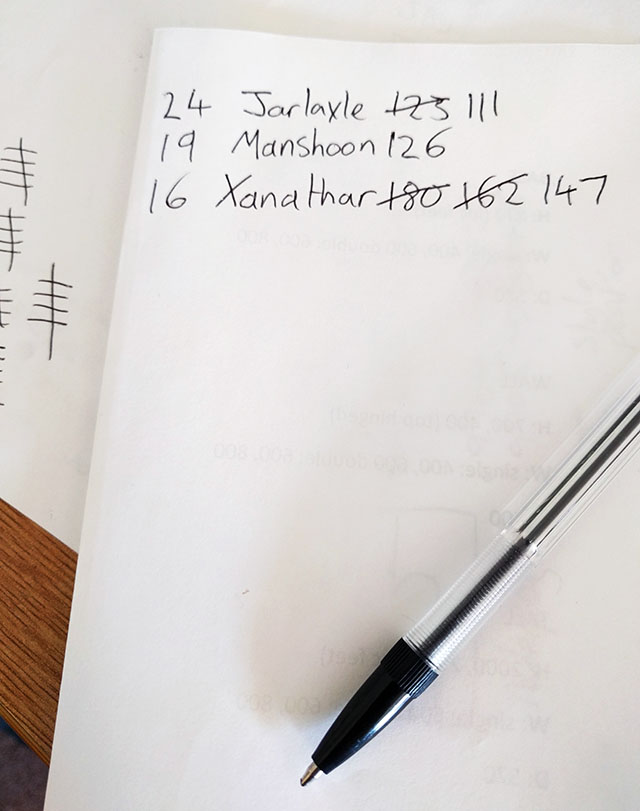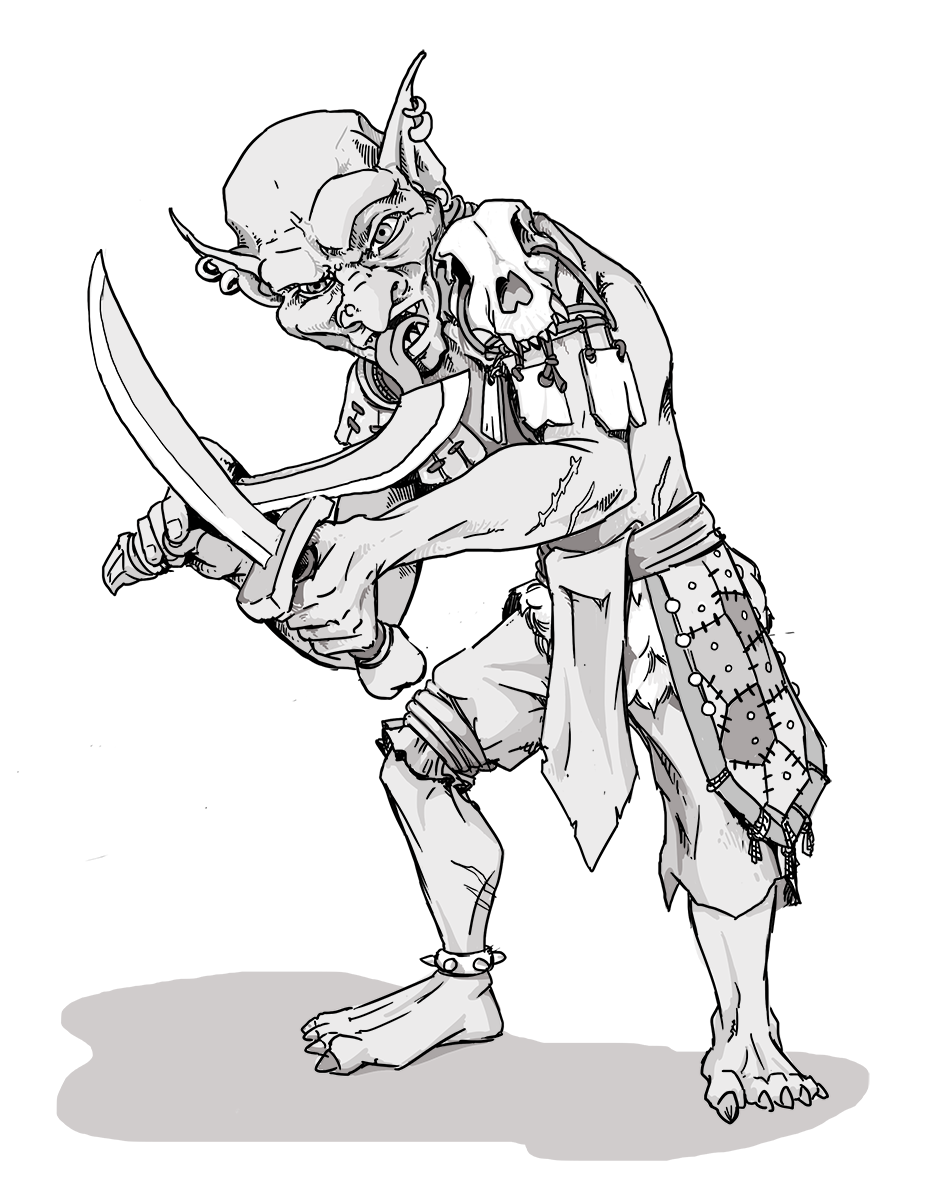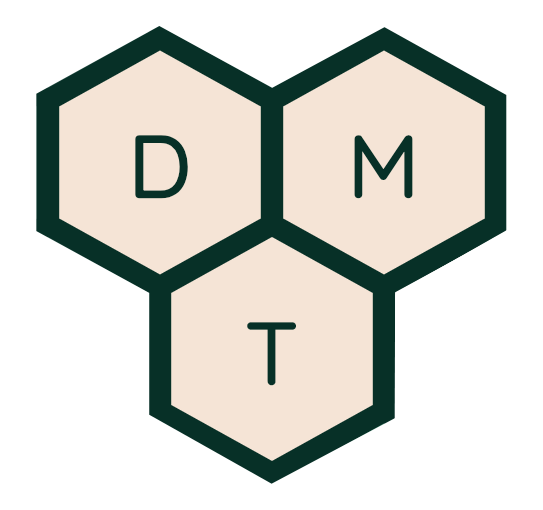Running Encounters in D&d
- 31.08.2019
- Nathan
Calling for your players to roll initiative and begin an encounter can be one of the most hectic parts of playing Dungeons and Dragons. Without good planning and quick thinking, it's all too easy for combat to become a complete slog.
Encounters are just one part of the game that requires the dungeon master to juggle many systems at once and take on greater responsibility than the players in most cases. You will often control far more creatures and monsters, have to know their abilities, spells, hit points, armour class and skills. On top of that, you need to consider tactics, positioning, what the players are doing and most importantly, making all of this fun and fluid for the players (this includes you)!
With that in mind here are my tips for running a great encounter:

Tracking Initiative - Of course, I will recommend you use our initiative tracker to keep track. Now it may take a bit of time to do this during play, but if you like to be prepared, you can input your players and monsters ahead of time and give yourself quick access to Initiative score, AC, HP, and a link to their official stat block. It means you no longer have to ask each players initiative score and quickly sort them on paper, or slowly go through brackets of five ("did anyone get 20 - 15?"), only for 1 player to forget to give you their score! Rolling initiative is fun, but if it takes 20 minutes to start the round, some of the excitement can wane.

A digital tracker isn't the only way though. When an unexpected fight breaks out I will usually note it down on paper. My personal method is to write initiative scores then names in columns. (Use character names, player names or nicknames. Whatever works fastest). Then I will note my monsters' current HP in another column, crossing out this number and writing the new total to the right whenever they take damage. This works great for getting stats down quickly, without tapping around on a phone or tablet with no prep!
Know your monsters! - Most dungeon masters have done it, you get to a monster's turn in the round, take a look at their stats, only to discover they're much more complicated than you thought. Multiple actions, a long list of spells, reactions and passive abilities, all of which you didn't read up on ahead of time. Some monsters you may get away with. You know a guard will go up to someone and swing something at them. At higher levels spells complicate things.

Read up on each spell if you have time, paying particular attention to the high-level stuff. Make sure you know if the monster can take out player characters with a single action and ask yourself if you're ok with that. Think about the turn order. Will tactics change if this monster acts before or after the players?
Either way, try to make a call in a reasonable time. Typically, each player gets to perform far fewer actions than you in around and can, therefore, lose interest when things bog down.
Adjust difficulty - Balancing encounter difficulty can be one of the most difficult aspects of the game for new or experienced DMs. The challenge rating system often doesn't hold up with many preferring to go on gut feeling. That being said, there are some easy things you can do to adjust on the fly.
Adding/removing enemies from the fight. Finding a narrative reason for more creatures to join in is the best way to increase difficulty. They could be lackeys of the main enemy, or a third advisory come to break things up. Removing them can easily have the opposite effect. Perhaps they fear their lives?
Talk it out. The enemy might prefer a more diplomatic way out of a bad situation. Offering the players a break to convince them of another approach, or perhaps the enemy tells the player it's sparing them and will develop into a supervillain revisited throughout the story.
Keep it fun - I find those that have played the longest are most likely to slip into a routine of using their strongest attack, rolling the dice and moving on. Though there's nothing wrong with that, it becomes stale. Think about the visuals of the encounter, what does each move look like at the moment. Do your best to describe the fight as you play. Embellish your standard sword strike with descriptions of sound, speech and stance. use the environment to effect, describing a cold, muddy puddle the player steps through could make the difference.



